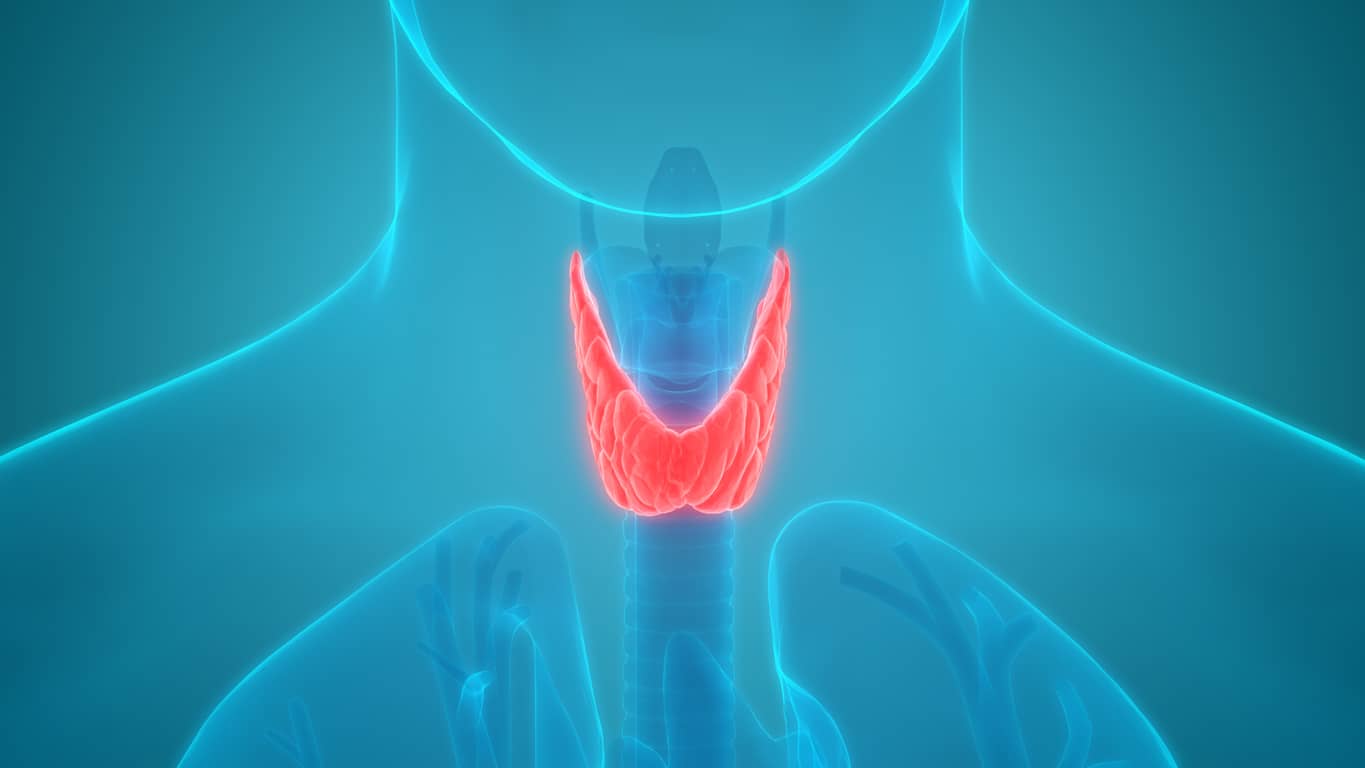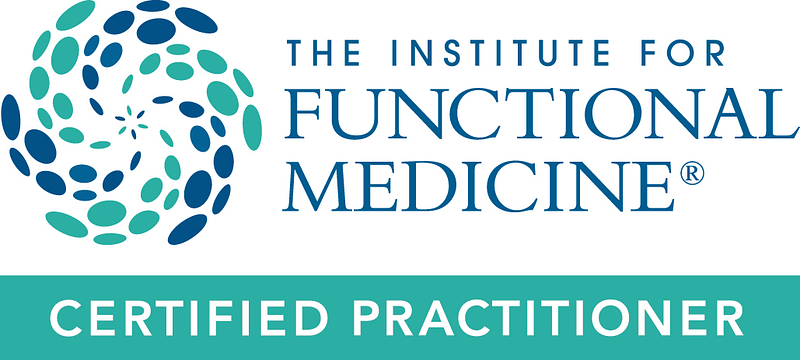Research results reported in the March 2004 issue of Circulation may be the best news for heart patients since, well, the bicycle was invented.
The benefits of stent angioplasty as rescue intervention in acute coronary problems is well established. But its benefits are less clear in a patient with stable exercise-induced angina.
Cardiologists in Leipzig, Germany, studied 101 men with exercised-induced angina who had received routine coronary angiography. Participants were randomly divided into two groups: those who received 12 months of exercise training (20 minutes of bicycle ergometry daily and one 60-minute session of group aerobic exercise training per week) and those who had stent angioplasty.
The study rated clinical symptoms (the ability to exercise without angina), the level of oxygenation of the heart muscle, the necessity of further interventions (coronary artery bypass surgery and angioplasty), as well as adverse clinical outcomes (death from cardiac cause or stroke, and increasing angina resulting in hospitalization).
After one year, men in the exercise-training group had an 88 percent event-free survival rate compared with 70 percent in the stent angioplasty group.
The exercise-training group had a 16 percent greater maximal oxygen uptake than the angioplasty group. This study did not use drug-coated stents. Statistical adjustment for drug-coated stents puts their event-free survival rate at 72 percent.
The study results make sense when considering three facts. First, the heart is a muscle, albeit a very specialized one, and it can be conditioned by exercise. Second, the blockage of a coronary artery is not just a simple mechanical problem, but is the result of a complex series of events including inflammation, clotting, and immune responses. Third, stenting addresses one short segment of the coronary blood vessels, while exercise impacts the function of all the blood vessels.
Note that this study was performed in men with stable angina. Stable angina is pain of cardiac origin that occurs with exertion or intense emotion at a predictable level, decreases with rest, and does not progress to a heart attack. Crescendo or unstable angina is sudden or increasing pain of cardiac origin that occurs either at rest or with exertion and is associated with unstable plaque that is threatening to advance to a heart attack.
GSMC physicians recommend individualized risk assessment, a customized program of heart-friendly nutrients, and chelation therapy in addition to exercise.
People with heart disease should consult their physician for exercise recommendations.













